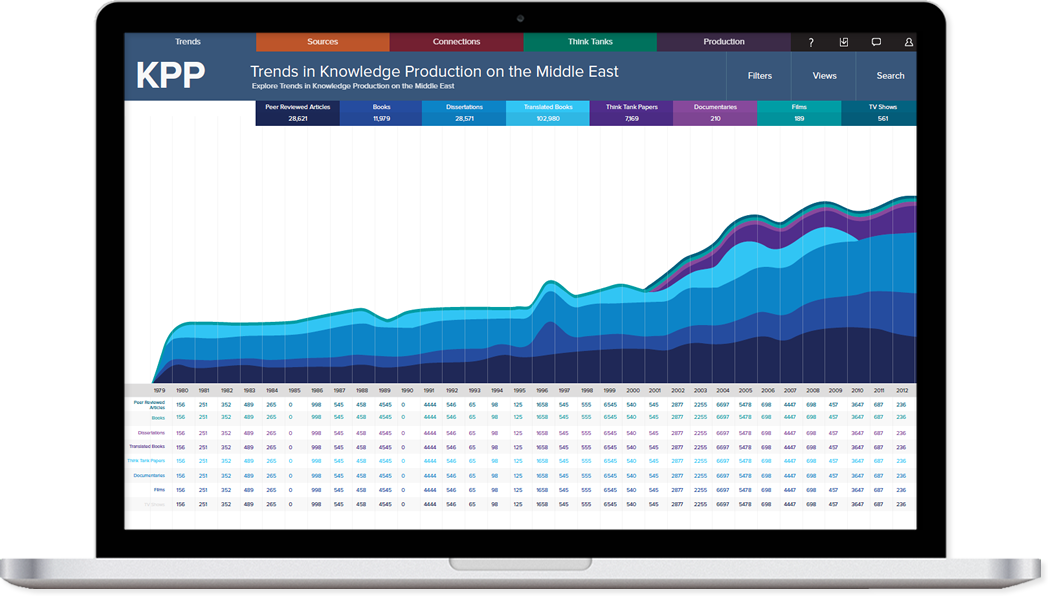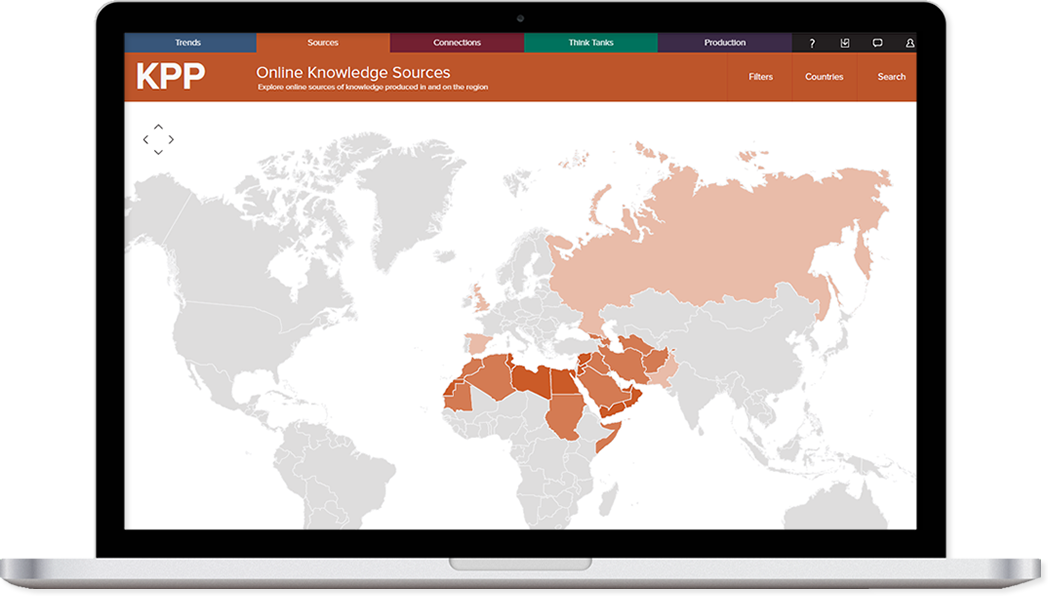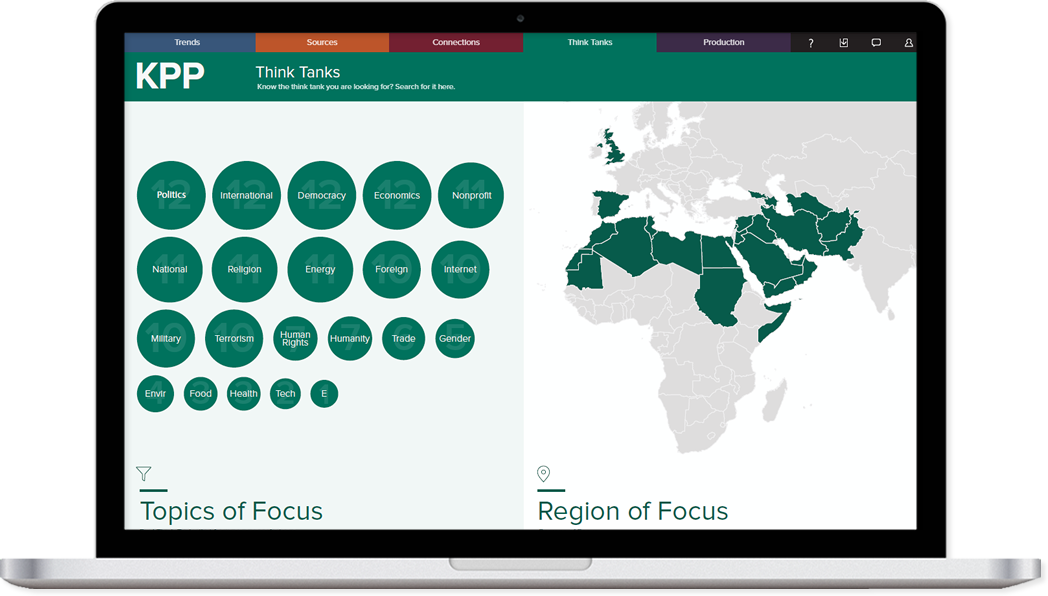Methodology
The Objective
Many scholars and social philosophers maintain that ethnic and racial representations circulated in Western visual productions impact global social thought and culture. The purpose of the FDTD is to compile an unprecedented list of visual productions in the form of feature films, television/cable shows (including serials), and documentaries related to the Arab and Muslim world produced or co-produced in the West. This listing is augmented by a bibliography that compiles academic and journalistic works discussing the ideological impact of these cultural productions. Ultimately, the database and its coding system will become a product where works are searchable by the variables determined through further research.
The Sources
Currently the documentary database begins its listings from the advent of the cinematic era with special attention to the period before and after September 11, 2001. In addition to works created by independent producers and educational institutions, the United States’ Public Broadcasting Service and the UK’s British Broadcasting Corporation are two apparatuses creating a substantial number of “authoritative” productions on the Middle East. These productions remain in circulation and thus contribute much of the foundational knowledge on the Middle East circulated in educational settings.
The FDTD team vigorously data mines from closed and open sources and relies on a community network for contributions to the database. Dr. Jack Shaheen’s published works on Hollywood representations of the Middle East is the foundation for this category as well as for the database as a whole.
The foundational ideas of the FDTD are rooted in scholarly research and ideas, and are outlined in notes in Google Drive documents. These documents are works in progress and glean ideas and structures from various well-known scholars in the field. The bibliography currently lists works beginning in the 1980s until the present time. This is a listing of the main sources for the data mining process as well as for the broader themes of the database that include works by Dr. Jack Shaheen.
The Logistics
The team is keenly aware that television is an under researched area in relation to the Arab and Muslim world. In this way, the team is creating a foundation for this area of research. Like television, documentaries on Arabs, Muslims and the Middle East as a category are under-researched.
Each production’s salient details are researched and categorized on database documents. FDTD interns continue categorizing specific production details on the spreadsheets and add notes.
The FDTD team continues to develop ideas regarding coding and categorizing the visual productions. The team meets to discuss ways in which the database may be coded such as region, ideology, topics and subtopics (tropes), ratings and awards, funding agencies and target markets. Currently the database itself contains some of these categories in columns on each entry.
The Formatting
FDTD uses Google Drive Spreadsheets. The spreadsheets on films, television/cable shows and documentaries contain variables including notes (currently in the process of being formulated), which are the foundation for an eventual coding of the entries. The notes stand in stark contrast to mainstream reviews of productions (which are also mined and cited) in that they specifically address and code (as tropes) how Arabs, Muslims and the Middle East are represented in the work and the ideological paradigm of the production. FDTD teams have watched most productions in full and provided detailed reflections when possible.
The Films Database bibliography contains a wide range of journalistic and scholarly articles and texts and is listed in standard bibliographic format. All the works listed address the main themes of the Films Database or are scholarly works addressing ethnic and racial representations in cultural productions. The bibliography is mined from a myriad of locations such as bibliographies of scholarly works and articles, national and international university library bibliographic documents and Western film and television journals and newspapers.





